If you want to admire some of the finest works of art located in Scotland, then you have to head over to the country’s capital, Edinburgh. Here you can find one of the most popular museums in the UK with an incredible collection of fine art.
In this article, you’ll discover some of the most interesting facts about the Scottish National Gallery, formerly known as the “National Gallery of Scotland,” a must-visit museum if you enjoy admiring works by some of the greatest artists in history!
1. It’s located in an elevated location in central Edinburgh
The Scottish National Gallery has been rebranded as such since 2012 as it was originally known as the “National Gallery of Scotland.” This was just a slight change part of a larger rebranding campaign.
The building is located right in the heart of Scotland’s capital, Edinburgh, in an area referred to as “The Mound.” This is an artificial hill that connects the city’s Old and New Towns.
The museum is surrounded by some of the most famous landmarks in the city, including Edinburgh Castle to the southwest, St Giles’ Cathedral to the southeast, the Scott Monument to the Northeast, and the main shopping street in the city Princess Street, to the north.
It’s also bounded on both sides by the Princes Street Gardens, the main public park in central Edinburgh.
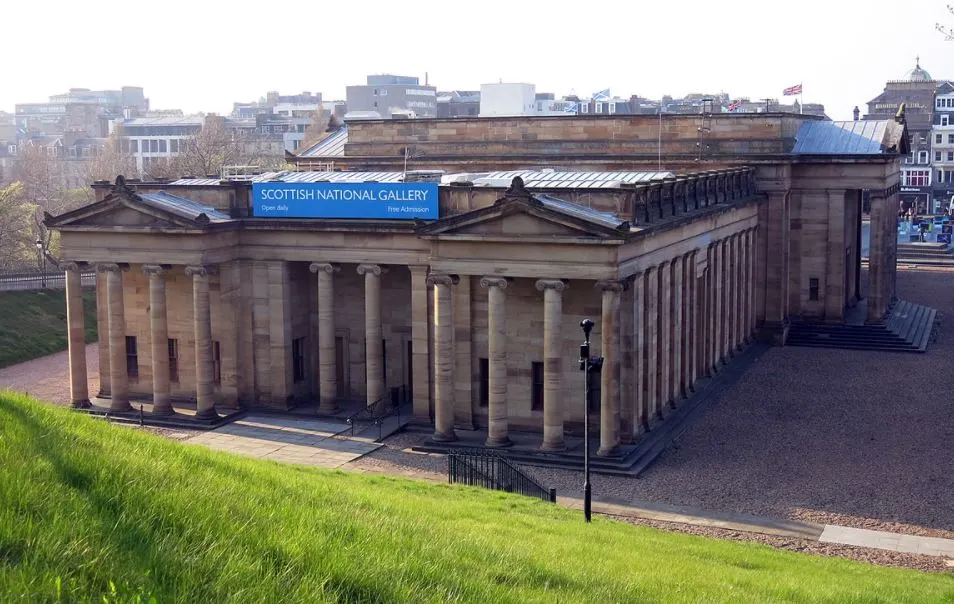
2. The museum is one of the 3 national galleries of Scotland
The museum is the national art gallery of Scotland is governed by the National Galleries of Scotland. This public body is also in charge of the two other main museums that together form the National galleries of Scotland. These are:
- The Scottish National Gallery of Modern Art – A complex of two buildings in the western part of central Edinburgh.
- The Scottish National Portrait Gallery – The national collection of portraits on Queen Street.
The portrait gallery is located within walking distance from the Scottish National Gallery and is housed in one of the most fascinating Gothic buildings in the city. This red sandstone building was completed between 1885 and 1890 and is a remarkable attraction by itself.
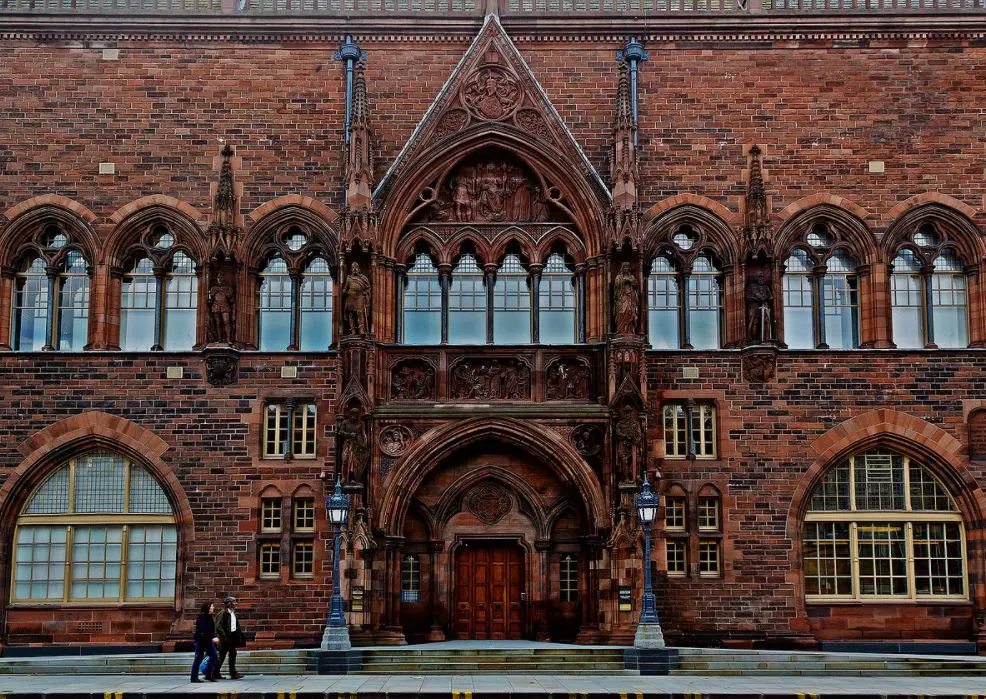
3. It originally had a different name in the early 19th century
The original organization that was founded was called the “Royal Institution for the Encouragement of the Fine Arts in Scotland.” This organization was created to acquire paintings to create a national collection.
Shortly after, the Royal Institution Building was constructed between 1822 and 1828 and served as the initial exhibition space to house the acquired paintings.
The institution was eventually split in two with the creation of the Royal Scottish Academy (RSA) in 1838, and the two buildings of the two institutions adjoin each other in central Edinburgh.
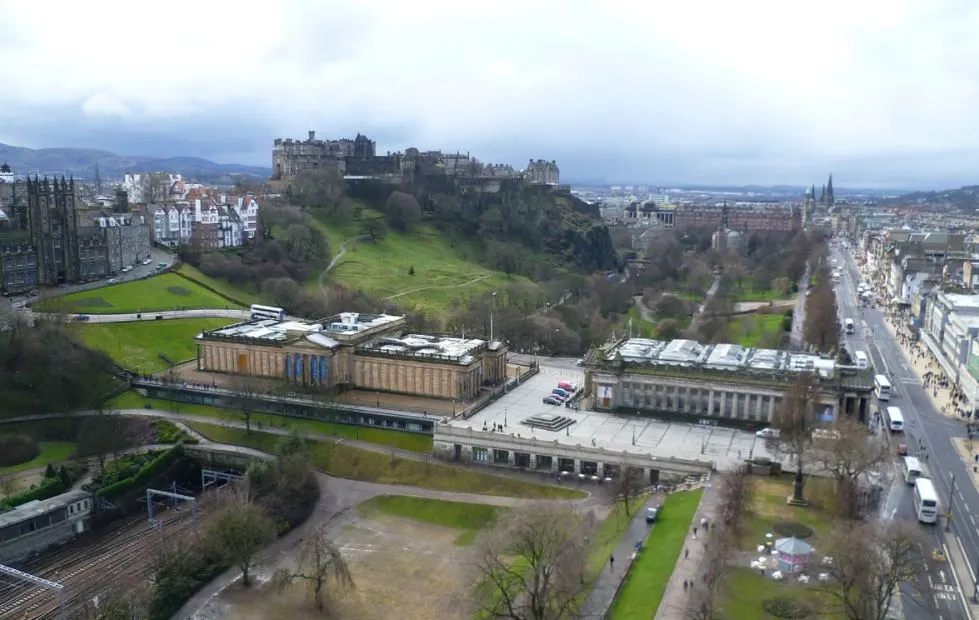
4. The building was designed by a renowned Scottish architect
The building that houses the collection of the Scottish National Gallery was designed by the same man who designed the Royal Scottish Academy Building, William Henry Playfair (1790-1857).
Whenever you see a Neoclassical building in Edinburgh (and there are plenty), then chances are high that Playfair was involved in the design. He was the main architect of nearly 20 major construction projects in the 19th century, including but not limited to the City Observatory (1818), St. Stephen’s Church (1828), and Donaldson’s College (1851).
The preferred style of his time was that of the Neoclassical artists and his contributions have resulted in Edinburgh being referred to as the “Athens of the North.”
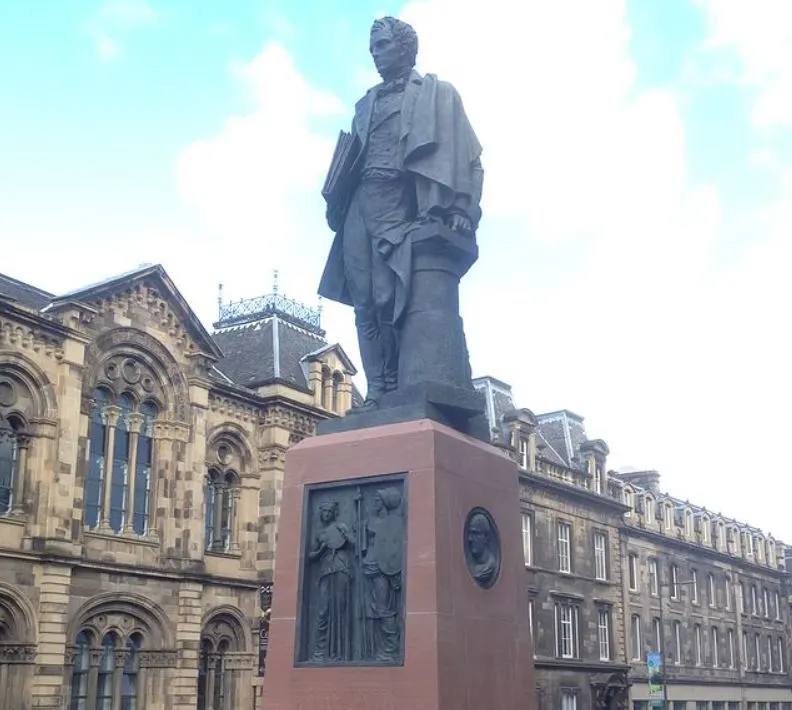
5. The building’s design indicates its initial dual purpose
If we take a closer look at the layout of the structure then it’s clear that the building was intended to become the home of two organizations rather than one. This is emphasized by the fact that the building features multiple porticos on all sides.
The original plan was for the exhibition galleries of the RSA to be housed in the eastern part of the building and those of the National Gallery in the western part.
One of the most interesting facts about the Scottish National Gallery is that the overall design of the building has the shape of a cross and it was originally intended to have towers on each corner. This plan was eventually shelved due to budget constraints.
The RSA eventually moved its operations to the former Royal Institution building in 1912.

6. The foundation stone of the enormous building was laid in 1850
The design was completed in 1850 and the cornerstone of the building was laid on August 30 of that year by Prince Albert, the husband of Queen Victoria.
One of the biggest changes in design was the fact that Playfair had used the Doric order to design the RSA building but the Ionic order to design the new structure.
The building was eventually completed in 1859 and the National Gallery of Scotland opened its doors for the first time that year as well.
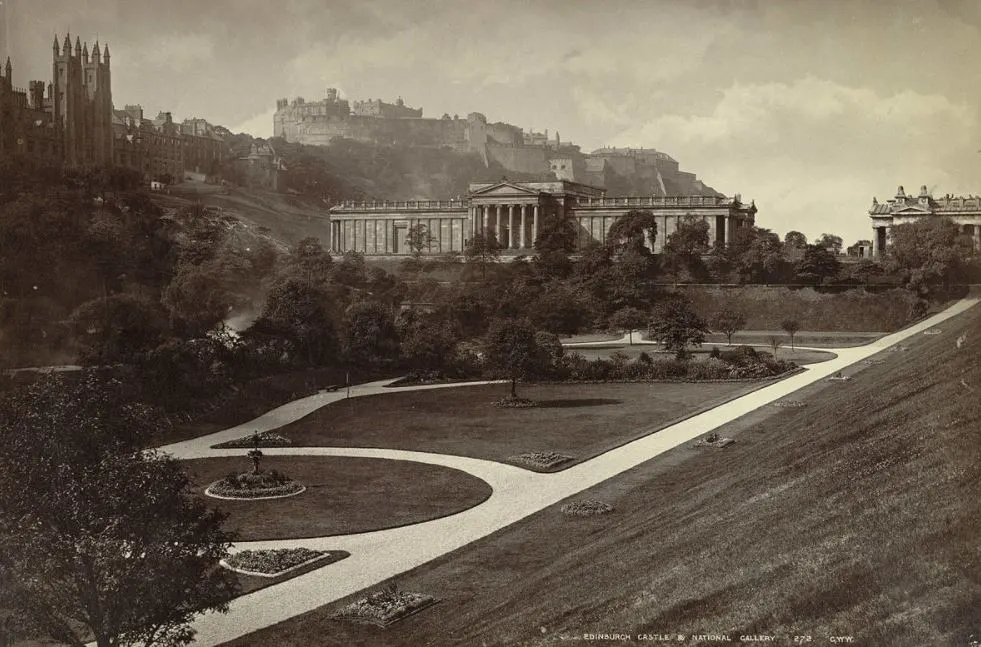
7. The museum was seriously expanded during the 1970s
Even though the building wasn’t expanded in size, there was a serious upgrade conducted in the 1970s to increase the capacity of the exhibition space of the museum.
An additional floor was added in the southern part of the building which allowed for the creation of 5 additional galleries. The basement was renovated in 1978 and transformed into another gallery that houses the Gallery’s Scottish Collection.
The expansions were needed to house the growing collection which today totals over 96,000 objects!
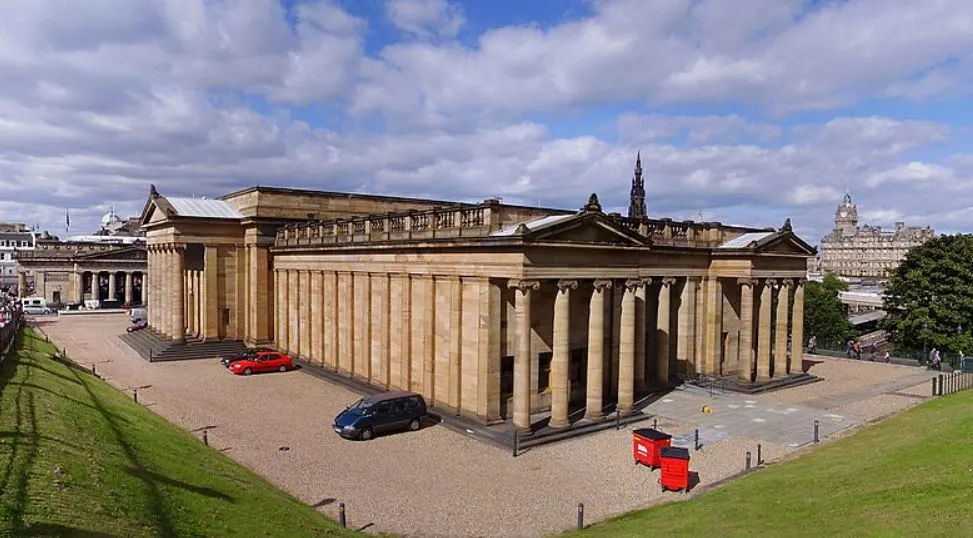
8. A huge underground space was opened near Princes Street in 2004
One of the most prominent construction projects was completed in the early 21st century. A huge underground space was built for £32 million, a massive project which completely transformed the look of the museum.
The additional space includes the following:
- A lecture theatre
- An education area
- A shop
- A restaurant
- An interactive gallery
- A connection to the adjoining RSA building
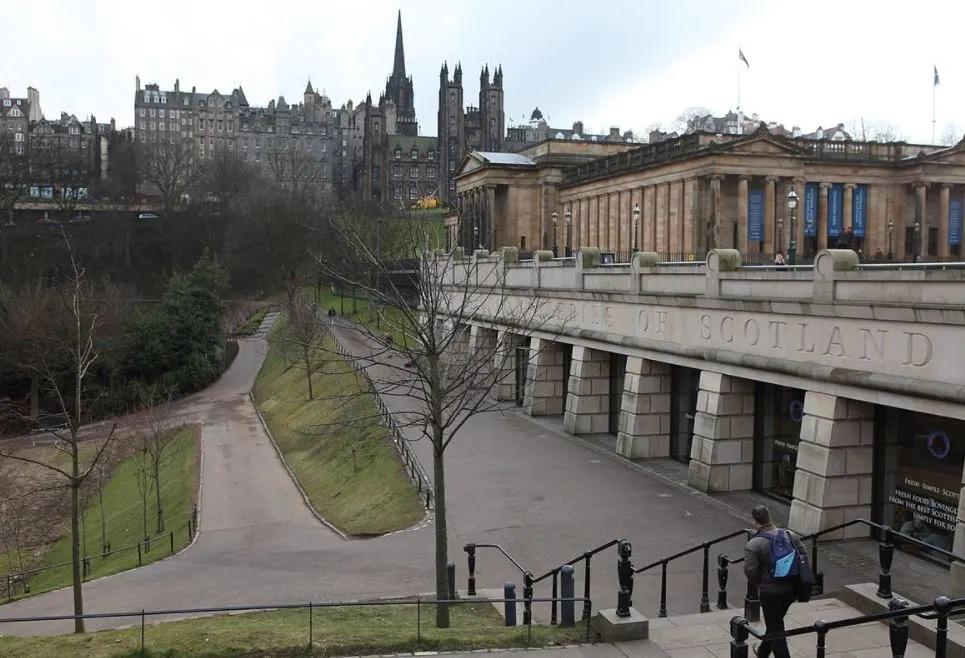
9. Princes Street Gardens will become the main entrance
Another immense construction project was started in the year 2019 and revolved around completely reshaping the East Princes Street Gardens. The idea is to use the underground space that was created as the main entrance of the museum upon completion of the project.
To make way for this project, 52 trees were felled and a sloping pathway leading up to the museum will be integrated into the park. A new exhibition area that can be accessed from the park is part of the £22 million projects as well.

10. The Museum is home to an incredible collection of fine art
With over 96,000 objects in the collection, including a vast number of paintings and sculptures, there are bound to be some masterpieces included.
We’re happy to announce that there are indeed a large number of incredible works of art on display from the Early Renaissance all the way to the 20th century.
Want to admire some of the most famous works of Titian, Rubens, El Greco, and their colleagues? Then you’ll surely enjoy roaming around in this amazing museum!



